Introduction
There are different types of crypto owners — we can all agree on that.
- We have the day traders, well-versed in the art of crypto, who are actively involved in acquiring or investing on a daily basis;
- then there are thrill-seekers who are there just for the excitement and often don’t know that much about crypto;
- next are the HODLers — these people aren’t gamblers and frequently forget they have crypto assets for weeks at a time;
- and to finish with: tech evangelists who aren’t in it primarily for the financial gains but because they believe in the power of crypto as the future of finance.
Where you keep your crypto assets matters — we can all agree on that one too.
But what crypto owners don’t necessarily agree on is WHERE to keep those assets.
As for our team, we say — keep them in your wallet, not the exchange. Read on to learn why.
Most famous cases of hacked exchanges
Let’s start with some crypto drama.
According to Coin Culture, since 2012, crypto investors have suffered roughly $2.66 billion in losses.
It all started with the Mt. Gox exchange hack, the first (major) breach in the crypto world, from which, in 2014, some $460 million worth of bitcoin was stolen.
In 2016, hackers hit the Bitfinex exchange and siphoned BTC which was worth $623 million at that moment.
As for the more recent history, in 2018, Coincheck was a target of an attack that “cost” them $560 million in BTC.
The cryptocurrency exchange QuadrigaCX’s owner passed away in 2019 and “took” with him all private keys, losing some $169 million in assets belonging to its users.
We’ll just leave those numbers there.
Exchanges vs. wallets — who owns what
We all know how it goes — to spend assets stored on a particular cryptocurrency address, you must possess the private key associated with that address.
The problem with storing crypto on an exchange is that the exchange owns your private key, as opposed to the wallets where you are the owner of your assets. Perhaps your coins are invested in a pool or are traded with by the exchange and are making a profit without your knowledge. If they are on an exchange, the exchange is technically their owner.
Unless you are a higher frequency trader who makes multiple transactions daily, there’s not much sense security-wise to store your assets on an exchange, especially a centralized one (CEX), no matter how convenient it may seem.
This goes for all types of crypto assets, including the GRN coin. GRN is launched as a token running on the ERC20 network and is available across multiple platforms such as LBank, LATOKEN, BitMart, XT.com, Knaken. This means that, for now, you can transfer it to any ERC20 wallet.
But in the not-so-distant future, you’ll be able to store your GRN in a GRN wallet. It will have multiple features that will make your life easier:
- EnScrypt will allow you to send encrypted messages, be it an invoice number, payment reference code, or just a friendly note
- ExNode is an exchange that’ll allow you to stake or swap any currency on Grid without a need for making a transaction to any exchange
- GRNPay will work seamlessly with EnScrypt and ExNode to enable you to send and receive payment requests over the Grid
But we know what’s making you second-guess the decision to transfer your assets to a wallet straight away: fees.
Networks and fees
It goes without saying that each transaction that’s moved is followed by a fee. However, giving away a portion of your money when you transfer it from one account owned by you to another owned by you seems somewhat tragic and comic at the same time.
When it comes to the Ethereum blockchain, the current “home” to GRN, we can conclude that it’s very “popular”. The number of ETH transactions daily varies, but it’s often “enough” to congest the network. This demand is not the only factor but is undoubtedly the most contributing one to driving the transaction fees up (a.k.a. gas). Also, since transactions with lower fees aren’t prioritized, people pay higher fees just to transfer the assets faster.
When it comes to ETH-based assets, such as ERC20 tokens, the situation is a bit different as they are not a native currency to the Ethereum blockchain, but the outcome is the same. For the transfer to take place, you have to “inform” the smart contract that the tokens should be transferred, and this is achieved by sending an ‘on-chain’ transaction to the smart contract. As ERC20 is on the Ethereum blockchain, the fee is paid in ETH.
While fees are mostly inevitable, do they really have to be so high? Well, no. GRNGrid is envisioned as an energy-efficient, high-performance, and, what’s most important in this case, a low-fee smartchain. As cryptocurrencies are moving towards their goal of being the future of money, it’s clear that high fees can’t block this path. The fees must be kept at bay to allow the future onboarding of billions of users.
Types of wallets – a revision
While we are at it, it doesn’t hurt to brush up on some basics related to cryptocurrency wallets.
Although there are more, the three main types of wallets are
Hardware — devices that look like a USB; they might be too complex for beginners to use
Software — installable software packs, whose UI is usually user-friendly; regular computer/laptop back-up is vital
Paper — a piece of paper with your public and private keys printed or a QR code; losing the paper means you are losing access to your wallet and the assets
Also, based on internet connectivity, we can also divide them to
hot — connected to the internet making them less secure; their UI is usually more user-friendly which makes them a wallet of choice for day traders
cold — they don’t require internet connectivity which makes them more secure and the perfect solution for HODLers
The choice, of course, depends on many factors but security-wise, your safest bet are cold wallets. However, if a transaction is time-sensitive or you are a day trader, you can’t instantly access a cold wallet. In addition to that, they can be expensive.
So are there solutions that are more cost-effective and, at the same time, safe? Of course, there are — and MetaMask stands tallest in this group.
There are over 21 million active users of MetaMask monthly. It is said that it is currently the easiest way to interact with apps that use Web3.
But enough praising: let’s check out how it functions so you know how to use it.
How to transfer assets to MetaMask
MetaMask is available as a mobile app and a browser extension (Chrome, Firefox, Brave, Edge, Opera). According to its FAQ section, it supports ETH and any ETH-based token (ERC20, ERC721, and others).
Transferring assets is simple, but first, you need to set up a MetaMask wallet.
Step 1
Download the plugin for the MetaMask wallet
Simply google extensions or add-ons for your browser and once you find MetaMask on the list, add it by clicking “Add to Chrome” (or whichever browser).
Step 2
Activate the plugin
Click on the MetaMask icon at the top right corner of your browser and then accept the terms and conditions.
Step 3
Set up the account
Your password shouldn’t be “HODL” or something easy to guess. It’s best you use a sentence and include special characters and a number. Once you’ve entered the password, click “Create.”
Step 4
Secure your seed phrase
Next step is the seed phrase — this list of random words functions as your “secret recovery phrase” in case you forget your password. You should write it on paper and store it somewhere safe. Keeping it in a digital form (photo on your phone or a document on your cloud storage) exposes it to hacking.
Once you have ensured your seed words are in a safe place, you can now send coins to this wallet.
Step 5
Log in to your account on the exchange
To simplify this explanation, we will assume that you already have coins on that account.
Step 6
Copy your Metamask public address
Go to your account name on MetaMask, and there you’ll find the public address and the “Copy to clipboard” option.
Step 7
Paste the address and select the amount
Simply paste it to the recipient field of the exchange account, and choose the amount you want to send.
After you give your final “confirm”, the transaction will be in the pending status for some time, depending on the state of the network (i.e., if it’s super congested).
After you finally see a confirmation message on your screen, you may check out your MetaMask wallet to ensure the assets you’ve just sent from an exchange have arrived.
“Not your keys, not your coins”
We’ve showcased the most notorious crypto exchanges’ hacks and demonstrated how easy it is to transfer assets to a reliable wallet such as MetaMask.
But if that’s not enough to convince you to take that action, let these words be your guidance “until it’s in your wallet, it’s not your coin”. If you are not the owner of the private key, you don’t really own that crypto.
Exchanges may be hacked or disappear overnight (luckily, it doesn’t happen often), so it’s your responsibility to take control of your crypto assets.


